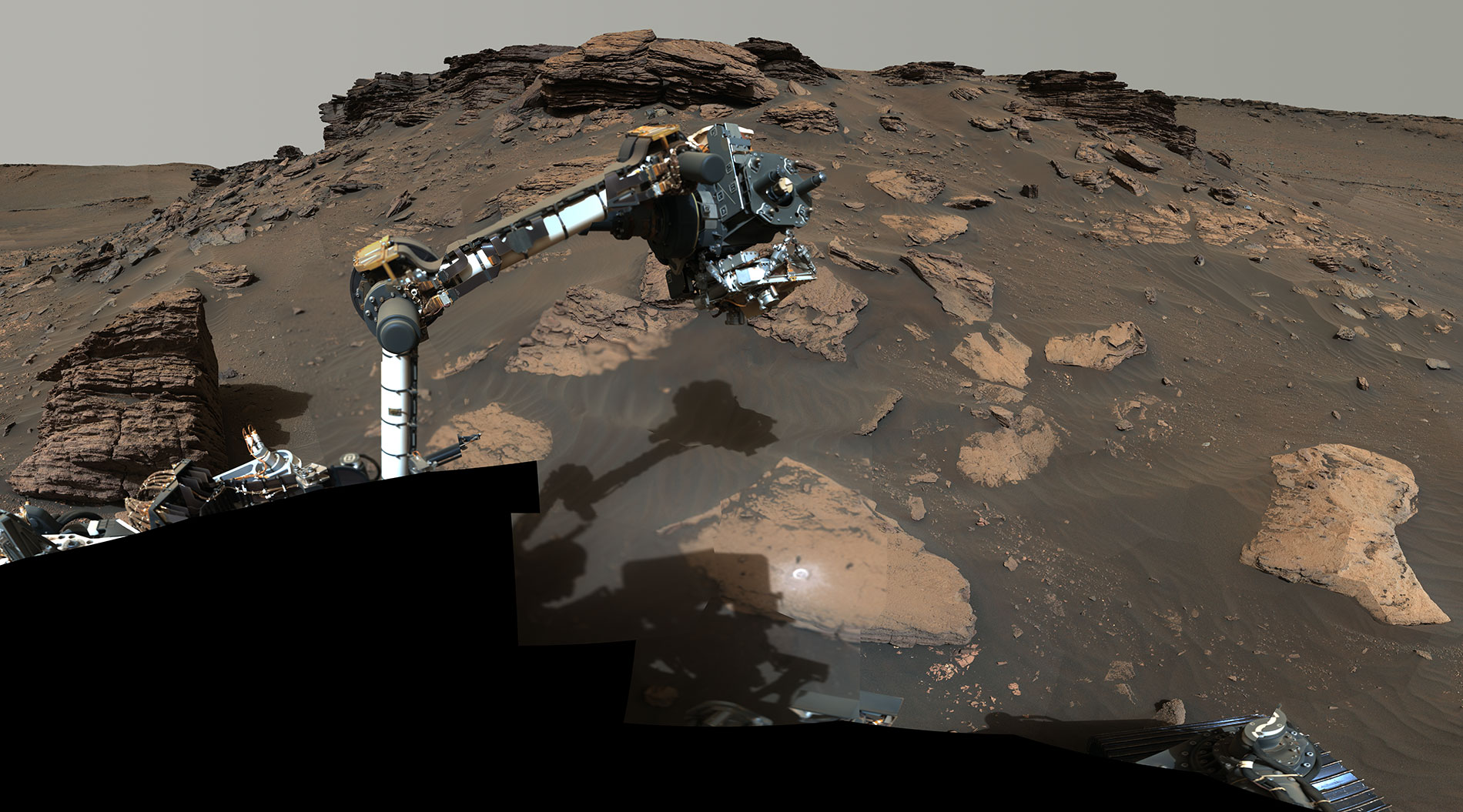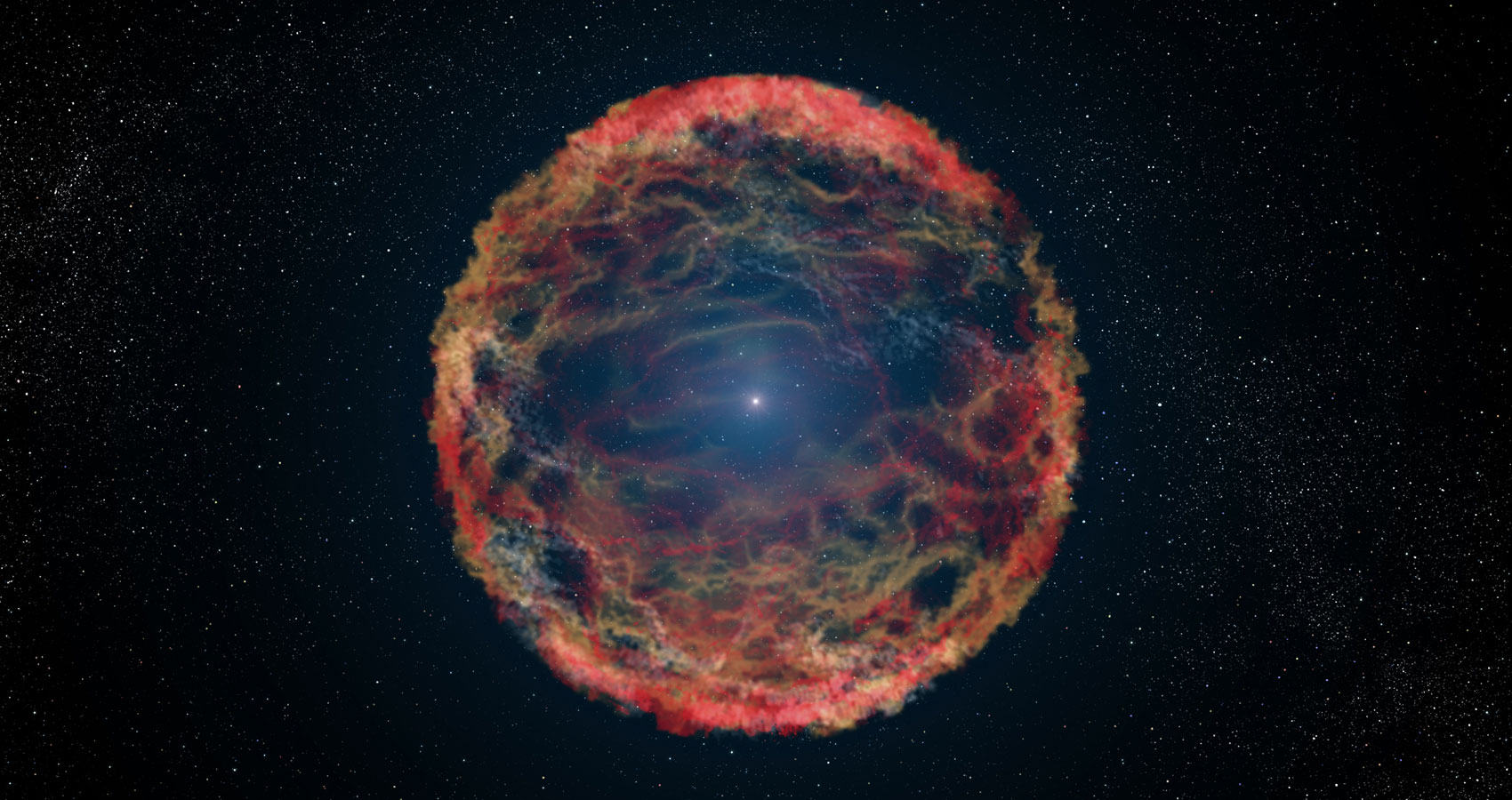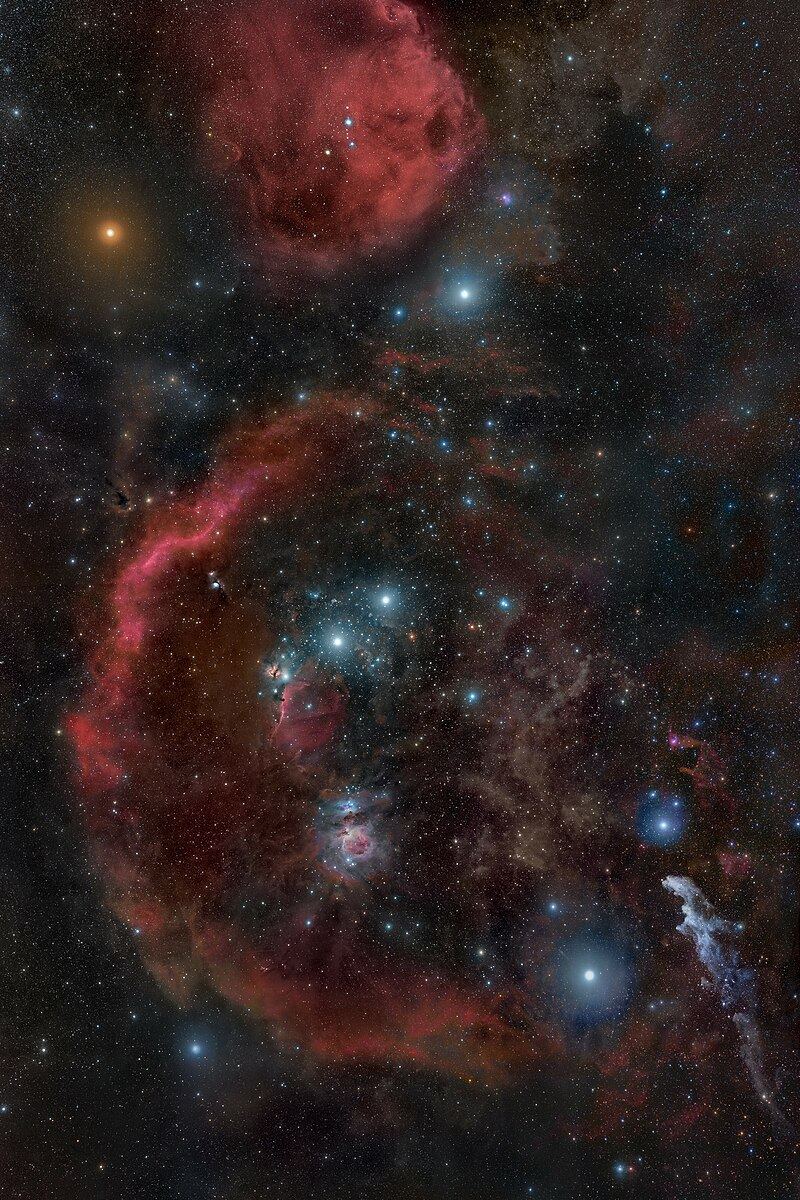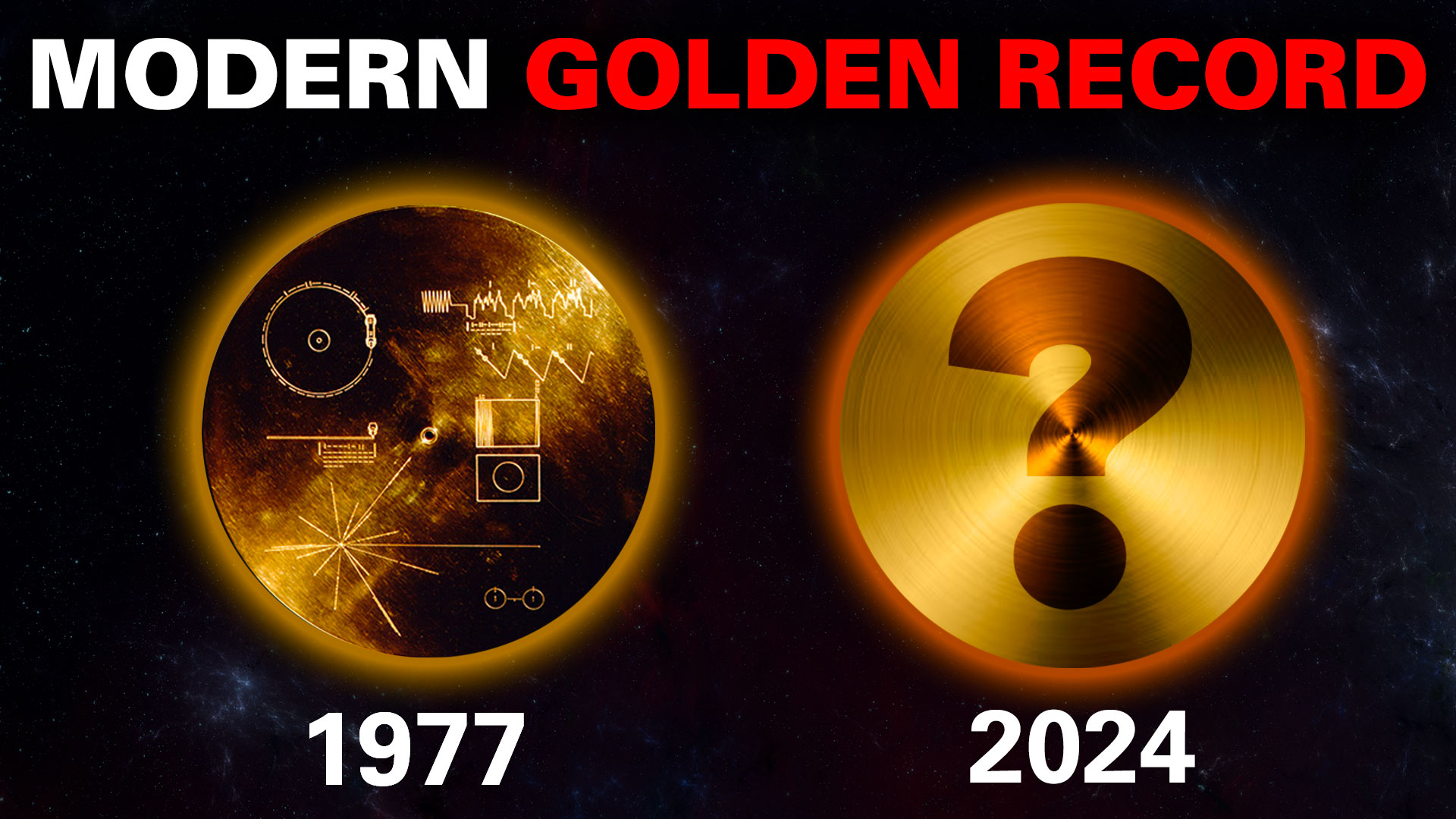There’s a problem with the Perseverance rover. One of its instruments, the laser-shooting SHERLOC, which is mounted on the end of the robotic arm, has a dust cover that is supposed to protect the instrument when it’s not in use. Unfortunately, the cover has been stuck open, and that can allow dust to collect on the sensitive optics. The cover is partially open, so the rover can’t use its laser on rock targets or collect mineral spectroscopy data. NASA engineers are investigating the problem and are hoping to devise a solution.
Continue reading “NASA is Trying to Fix a Problem With one of Perseverance's Instruments”NASA is Trying to Fix a Problem With one of Perseverance's Instruments










